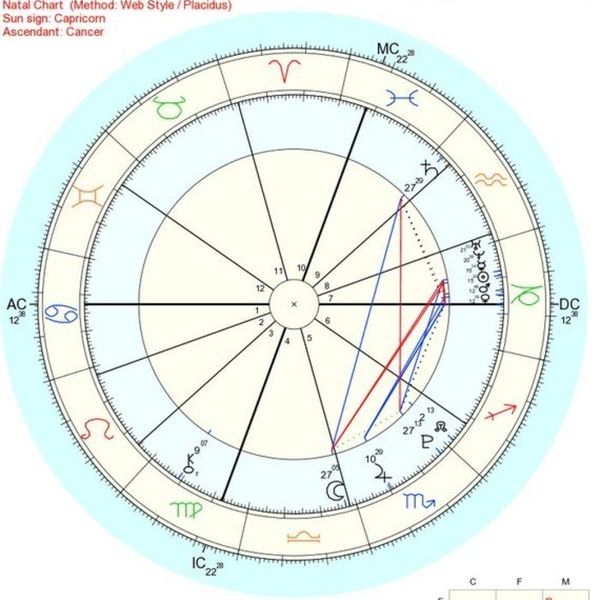On Sunday September 27th there was a converging of two astronomical events: a Super Moon and a total lunar eclipse. Starting at 8pm Eastern Time there began a slight darkening of the Moon with a partial lunar eclipse, with the total eclipse occurring at 10pm.
The colloquially named Super Moon occurs because the Moon’s orbit is not a circle, but rather elliptical, meaning that at certain points during its orbit around the Earth, the Moon is closer to the Earth. When this happens it makes the Moon look up to 15 percent larger than it usually does. This year, not only did the Moon look larger, but it passed directly in the Earth’s shadow – called a Lunar Eclipse.
There are actually two types of Lunar Eclipses: partial and total. The difference between the two has to do with how long the Moon is inside the shadow of the Earth. There are two sections of shadow, the umbra and penumbra. The penumbra only partially blocks the light of the sun from reaching the Moon, so it will appear only slightly darker. These eclipses are known as partial eclipses. The total eclipse that everyone on the ‘night side’ of the Earth saw Sunday night was a total eclipse, which means the entire Moon traveled through the umbra. These eclipses last for a little over an hour.
While here on Earth those of us who were experiencing night enjoyed the rare spectacle—NASA’s Lunar Reconnaissance Orbiter’s (LRO) team was executing a multi-month long process of getting the spacecraft through the event. While the Super Moon has no real scientific value, an eclipse poses a threat to LRO. During an eclipse, temperatures can drop by 280 degrees Fahrenheit (180 Celsius) in a matter of minutes. Another spacecraft, the Lunar Atmosphere and Dust Environmental Explorer had problems in a 2014 eclipse.
However this year was slightly different, because LRO has proven able to not only withstand the extreme temperature drop, but that it can go through the ordeal of not having access to sunlight—something it requires because it is solar powered. This year the team wanted to try to keep Diviner, a radiometer, active during the event in order to measure the size of particles on the surface of the Moon. It accomplished this by analyzing the reflective energy off the surface and to measure the temperature it used infrared emissions.
While this sounds like it would be a simple matter of keeping the craft functioning, the LRO team had been prepping for several months for the event. The equipment needed to be systematically turned off in order to conserve energy consumption, and then after the event, it began turning all of the equipment back on. In order to accomplish this task, the spacecraft was to be monitored for a full twenty-four hour window to ensure that everything went according to plan and the spacecraft could continue its usual mission post-eclipse.
The coinciding of these events is very rare, with the last one occurring in 1982 and with the next one not happening until 2033. Compare this to the fact that a total lunar eclipse can occur up to three times a year, with partial eclipses occurring with even greater frequency. This provided a unique opportunity for NASA and amateur astronomers alike to take advantage of the event’s beauty and scientifically meaningful event. NASA’s website featured a live stream of the Eclipse for the first time, which began playing at 8pm.
Learn more about LRO and other missions at NASA.





















